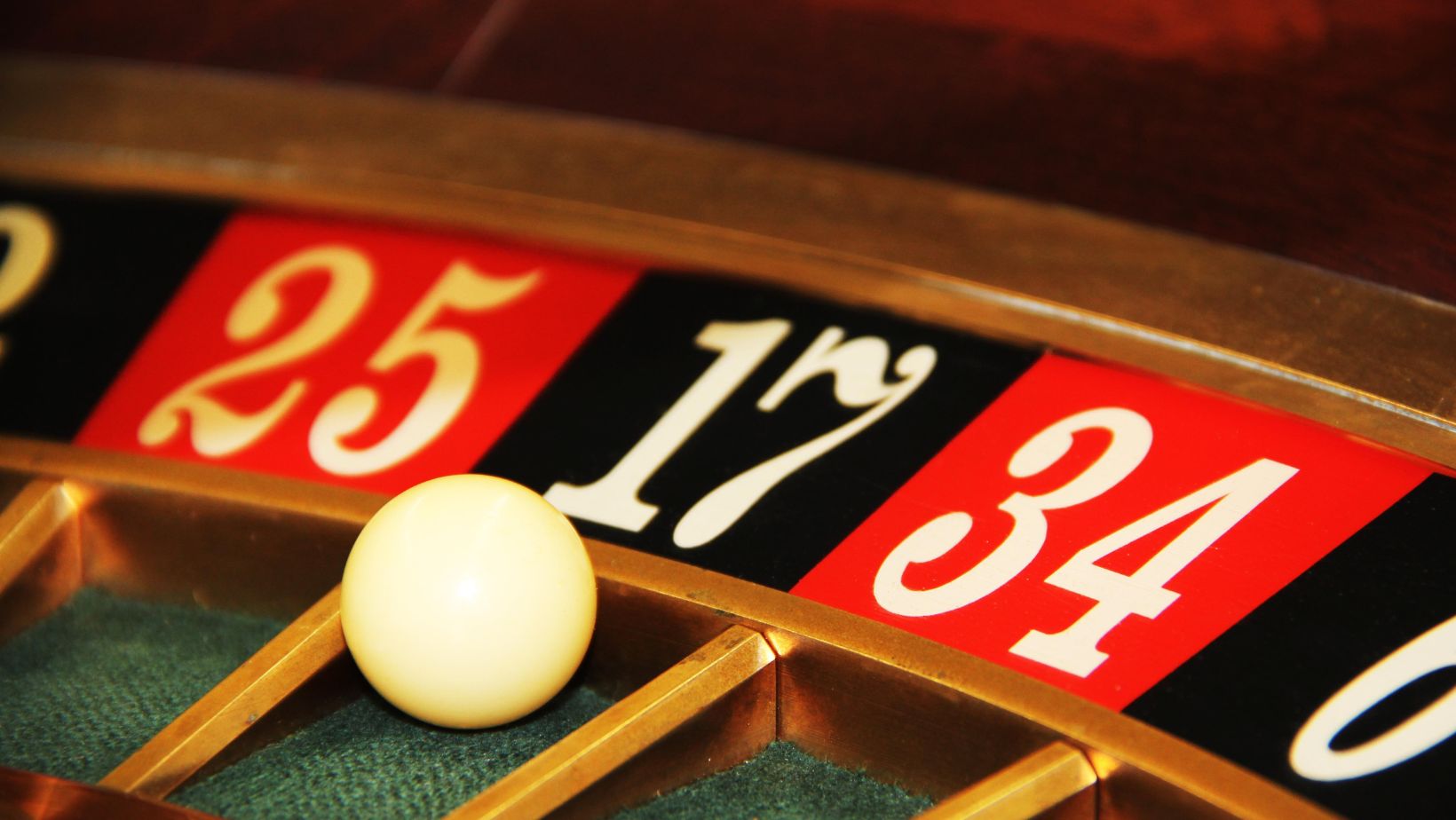
Roulette’s allure lies in its blend of chance and strategy, making it a favorite for both casual and seasoned gamblers. When I first stepped up to the roulette table, I was captivated by the spinning wheel and the tantalizing potential for big wins. But I quickly learned that to truly maximize your odds, you need more than just luck—you need a game plan.
Understanding the basics is crucial, but it’s the strategies that can turn the odds in your favor. From betting systems to bankroll management, I’ll share insights that can help you make more informed decisions. Whether you’re a novice or looking to refine your approach, these tips can boost your chances of walking away with better returns.
Understanding Roulette Basics
Knowing the fundamentals of roulette is crucial for odds on roulette improving your chances. Its appeal lies in the balance between chance and strategy, an aspect both casual and seasoned players find intriguing.
The Roulette Wheel and Table Layout
The roulette wheel consists of numbered pockets ranging from 1 to 36, alternately colored red and black. There are also green pockets for zero (and double zero in American roulette). The European wheel contains 37 pockets, while the American variant has 38 due to the additional double zero. This difference impacts the house edge, making European roulette more favorable for maximizing your odds.
The table layout reflects the numbers on the wheel, arranged in rows and columns. Players place bets on the table, selecting individual numbers, groups of numbers, colors, and other combinations. Understanding the layout can help in planning your betting strategy and determining the types of bets that offer the best odds.
Odds and Payouts
Each type of bet in roulette has specific odds and payouts. For example, a straight-up bet on a single number pays 35 to 1, but the odds of winning are lower compared to other bets. In contrast, even-money bets like red/black or odd/even pay 1 to 1 but have nearly a 50% win probability.
Here’s a brief table summarizing common bets and their respective odds/payouts:
By understanding the probabilities and payouts, you can make informed decisions when betting. For instance, selecting even-money bets often provides more consistent wins, enhancing your odds of maintaining a balanced bankroll. Considering strategies like the Martingale System, which involves doubling your bet after each loss, can be effective when managing funds, but it’s also essential to be mindful of table limits and available bankroll.
This knowledge forms the backbone for devising strategies and improving one’s chance of obtaining better roulette returns.
Strategies for Maximizing Your Odds
Understanding strategies can enhance your approach and help maximize your odds in roulette. Various betting systems can offer structure and improve potential returns.
Martingale System
The Martingale System involves doubling your bet after each loss, returning to the original bet after a win. For example, if you bet $10 and lose, your next bet is $20. This system assumes a win eventually occurs, recouping losses and securing a profit equal to the original bet. The strategy works best on even-money bets like red/black or odd/even, where the odds of winning are close to 50%. Keep in mind, this system requires a substantial bankroll to sustain multiple losses and avoid reaching table limits.
Labouchere System
The Labouchere System, or cancellation system, is more complex. It requires setting a target profit and breaking it down into a sequence of numbers. Players add the first and last numbers in the sequence to determine their bet. If the bet wins, players cross off those numbers, but if it loses, they add the lost bet amount to the end of the sequence.

For instance, with a sequence of 1-2-3-4-5, the first bet would be $6 (1+5). A win would result in crossing off 1 and 5, while a loss would add 6 to the sequence, making it 1-2-3-4-5-6. This system focuses on recouping losses over several rounds, requiring discipline and careful bankroll management.
Fibonacci System
The Fibonacci System adapts the famous numerical sequence to betting. Starting with a bet of 1, the next bet is determined by the sum of the two preceding ones: 1, 1, 2, 3, 5, 8, etc. If a bet loses, players move to the next number in the sequence; if it wins, they move back two positions. For example, starting with a $1 bet, a loss means the next bet is $1 again, then $2 on another loss, and $3 subsequently. This system’s main advantage is its gradual increase in bets, which can be more manageable compared to the Martingale System. However, it also demands a disciplined approach to handle sequences of losses.



